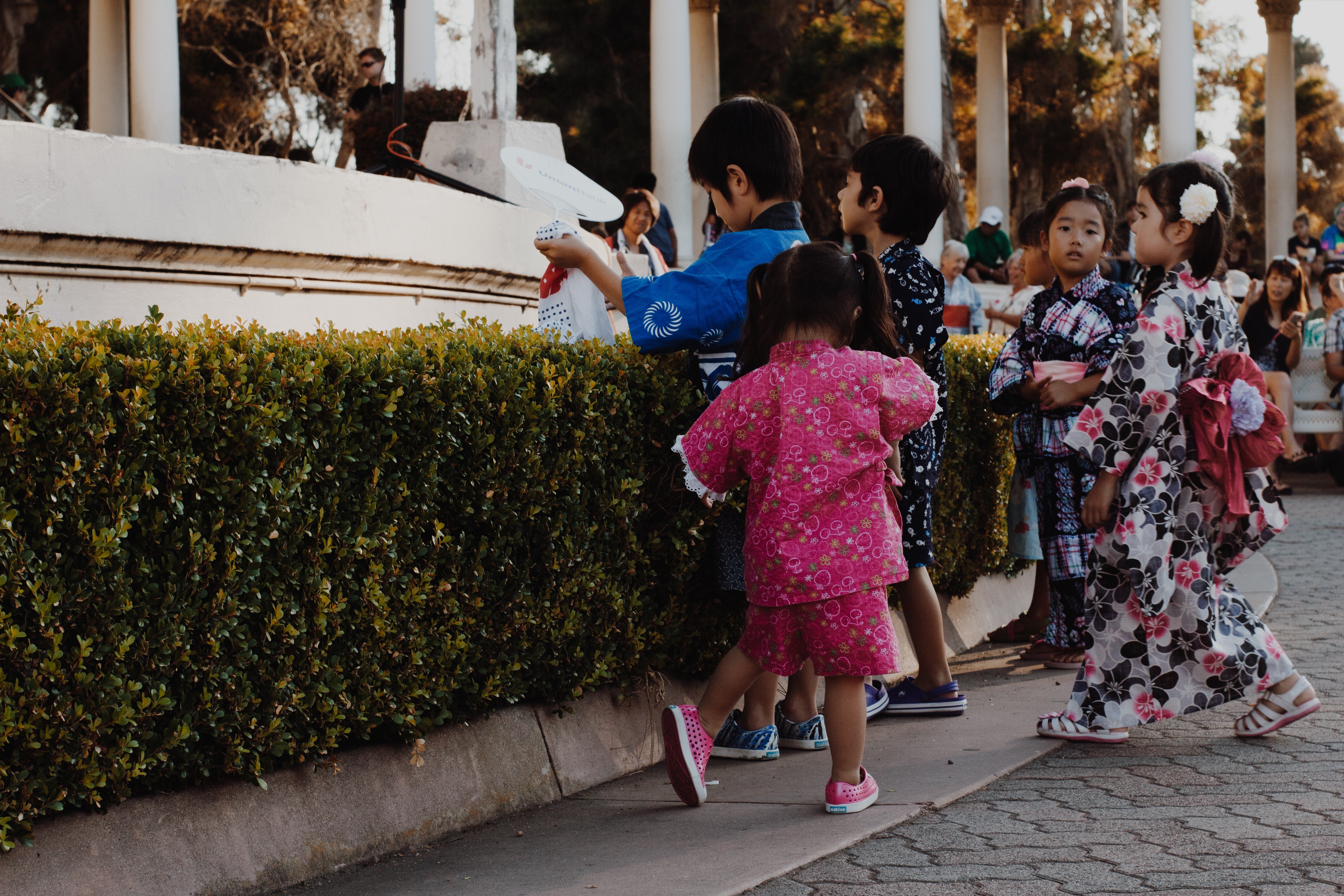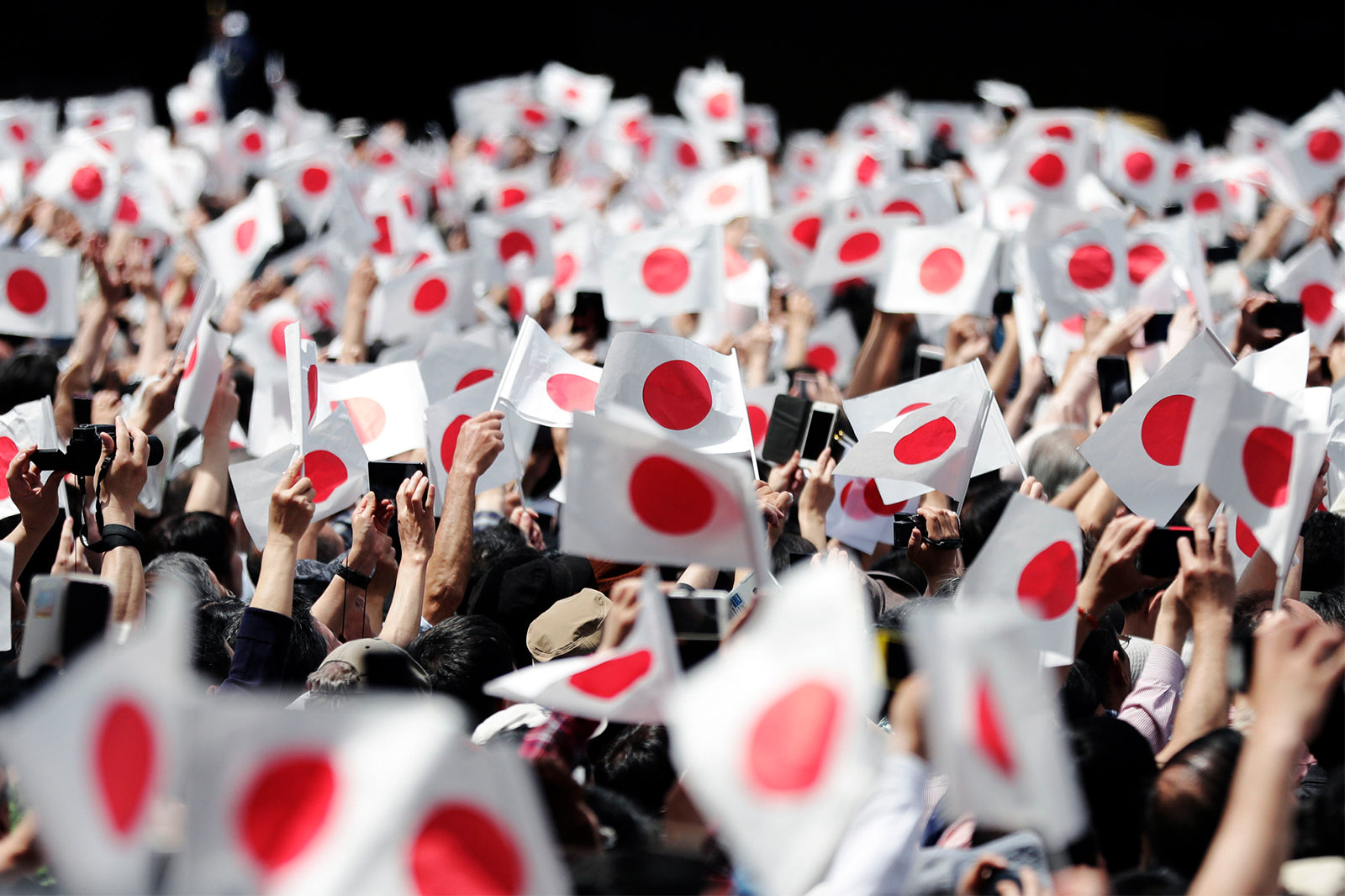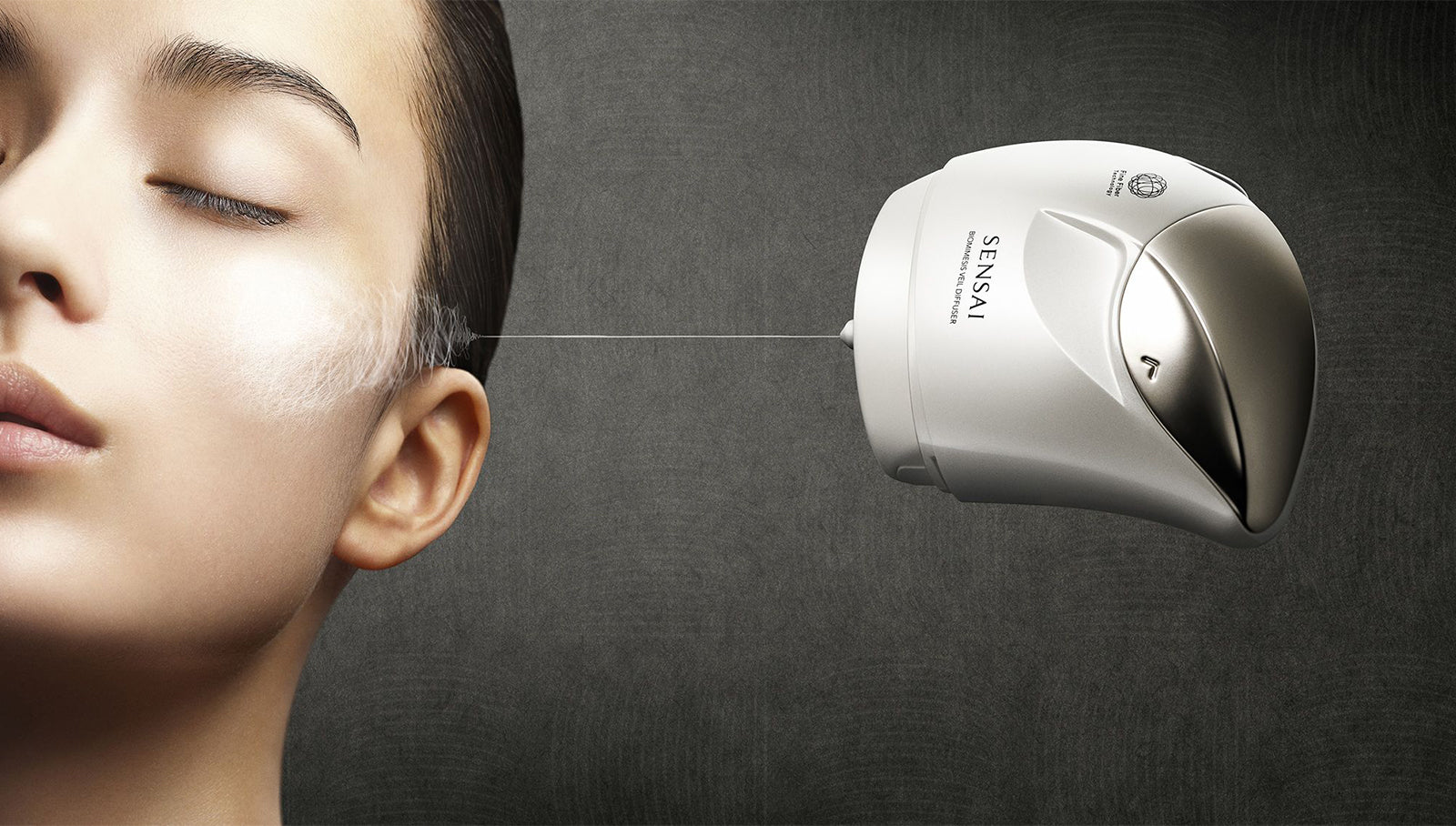
HINA MATSURI: THE JAPANESE DOLLS FESTIVAL
Full of magic, tradition and superstition , Hina Matsuri (雛祭り) is the anniversary celebrated in Japan on March 3 every year. Among the most loved events in the whole of the Land of the Rising Sun, it is literally the "Doll Festival" , but it is actually an opportunity to celebrate women, daughters of the country to whom we wish health, peace and happiness. 
One of the traditional dolls displayed during the festival © Will H. McMahan / Unsplash
We have selected seven things you absolutely need to know:
-
Hina Nagashi Matsuri. The “Floating Doll Festival”: ancestor of the Hina Matsuri, was born during the Heian Period, from a popular belief . Legend had it that the typical Japanese dolls, with which girls used to play, had the magical power to restrain evil spirits . To prevent the girls from incurring illnesses and misfortunes along their journey, they used to float the paper dolls on the river which carried them away, also bringing with them the evil spirits.
- Hina Ningyo . The name of the traditional party dolls. It is tradition that they are given as gifts by the elders of the family upon the birth of a girl, to then be put on display every March 3rd, on the occasion of the Festival. The dolls must then be collected by evening, otherwise you risk attracting bad luck!
-
The altar . In the days preceding the festival, in every Japanese family where there is at least one woman the set of dolls is displayed on a seven-story altar , covered with an elegant red carpet called mousen .
- The Imperial Marriage . The most traditional doll set consists of fifteen pieces representing an “imperial wedding”. The choice is vast: over time the weddings of all the emperors have been recreated and each set includes objects and equipment from the relevant era! Generally speaking, the set always includes the same figures: the emperor and his wife, three ladies with Saké, traditional musicians, Ministers and Samurai. Objects with symbolic and auspicious meanings for the girls are then placed between the dolls: the Kuchibana , jars of peach branches that represent purification, prints of typical Japanese trees, such as the mandarin or cherry tree and bowls containing traditional sweets.
 A young woman wears her Kimono © Lyu JackSon / Unsplash
A young woman wears her Kimono © Lyu JackSon / Unsplash
-
The traditional banquet. As in any self-respecting celebration, during the Hina Matsuri, it is also important to honor the culinary tradition which, in this case, consists of different varieties of sushi ( Chirashizushi ) and Ushio-jiru , clam and shell soup which represents the couple unity , followed by the even more important Hishi Mochi , a composition of traditional diamond-shaped Mochi, which represents the awakening of spring which will take place after a few weeks. The typical drink is Shirozake , a classic sweet sake.
- The clothes. During the Hina Matsuri, it is the female figure that is celebrated: on this day, women, girls and boys take the opportunity to indulge in some whim, wearing the best Kimono they own or even dressing like traditional dolls !
 Many dolls displayed on the steps of Tomisaki Shrine © Tokyo Tiger
Many dolls displayed on the steps of Tomisaki Shrine © Tokyo Tiger
- Hina Matsuri in the city: The display of dolls is not just a domestic tradition: walking through the streets of many cities in Japan during this day, we cannot help but notice numerous themed displays. In Tokyo, for example, every year, in addition to postcards, exhibitions or themed dinners, thousands of dolls, modern and ancient, which retrace the history of the festival, are exhibited at Keio Plaza Hotel . While in Chiba, more than 30,000 dolls are placed on the steps of the Tomisaki Shinto Shrine .



